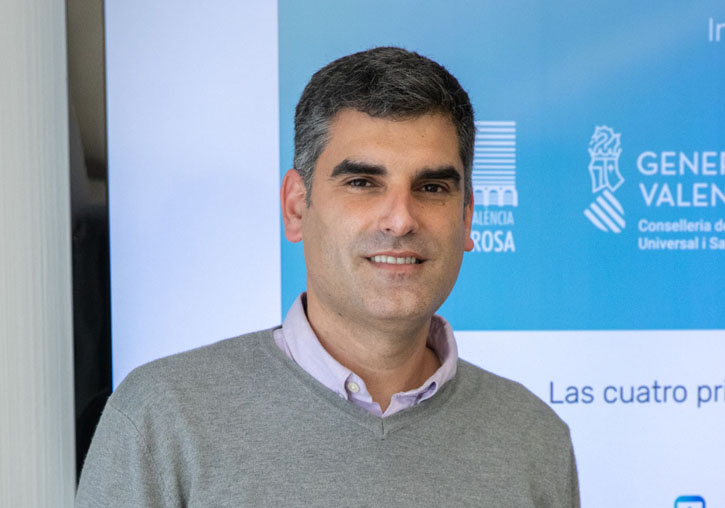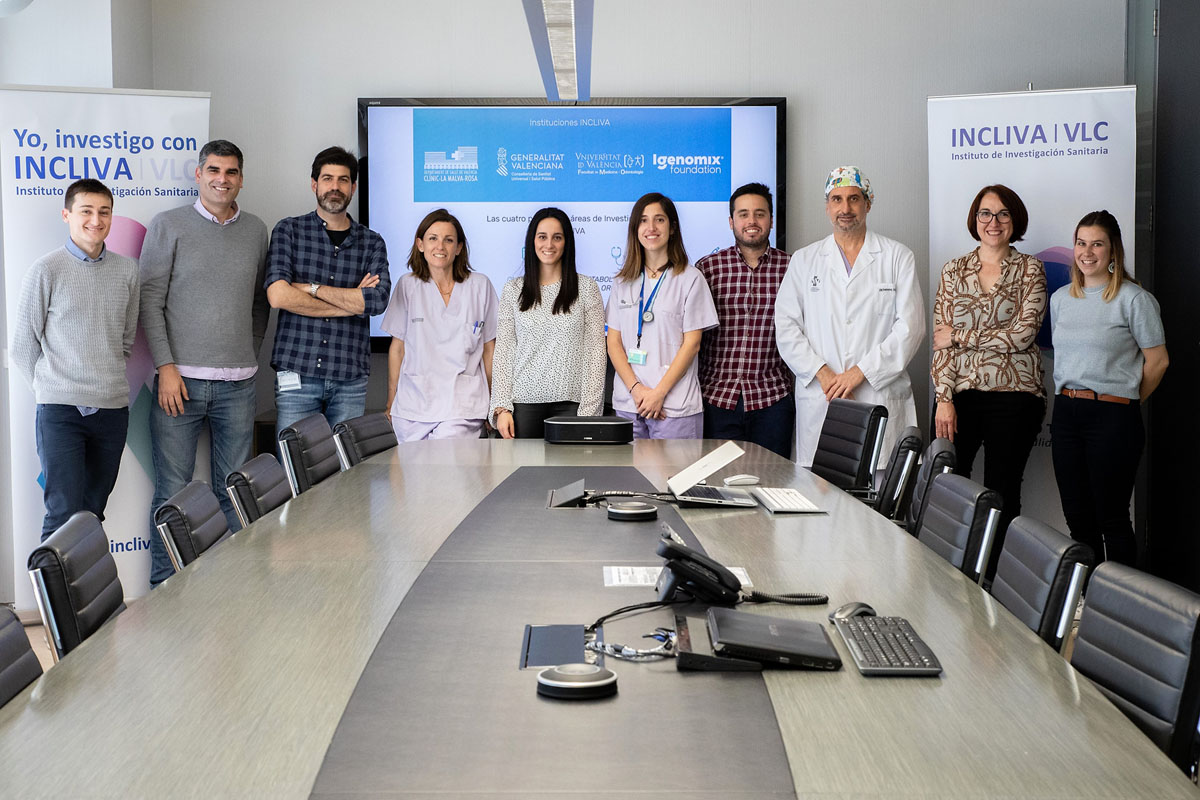An investigation will develop a rapid diagnostic and prognostic test for sepsis and septic shock
- Scientific Culture and Innovation Unit
- May 11st, 2021

José Luis García Giménez, professor in the Department of Physiology of the University of Valencia and principal investigator of the Epigenomics and Translational Epigenetics Research Group of the INCLIVA Health Research Institute, leads a research to develop a diagnostic and prognostic test for sepsis and septic shock, a syndrome that affects 48 million people and causes 11 million deaths per year. The project has obtained in INCLIVA a funding of 30,000 euros from the Foundation for Innovation and Prospective in Health in Spain (FIPSE).
With this rapid diagnostic test, sepsis patients can be identified in less than an hour. The project Valorisation and internationalisation by HistShock, an IVD test for the diagnosis and prognosis of sepsis and septic shock, aims to make available to clinicians a tool that will allow them to detect sepsis very quickly, which will increase the survival of those who may suffer from this syndrome.
Sepsis is a condition caused by the uncontrolled response of the body to an infection, which causes organic damage and can ultimately cause the death of the patient. The diagnosis and prognosis of patients is not easy, since no test quickly and specifically identifies the initial stages of sepsis, which reduces the success of therapeutic strategies, increases hospital costs and mortality. In addition, to obtain the results of these tests, between 24 and 72 hours are required, which delays the diagnosis and increases the risk of death in the patient and, if he survives, serious sequelae that may lead to a new hospitalisation.
José Luis García, doctor in Chemistry from the University of Valencia and also a post-doctoral researcher at the Networked Biomedical Research Centre for Rare Diseases (CIBERER), highlights that “sepsis is a syndrome that affects 48 million patients, produces 11 million deaths per year and it is the leading cause of death in hospital intensive care units worldwide”. “The current problem – he adds – is that there is no diagnostic test that allows rapid detection of sepsis patients and, with every hour that passes, their risk of death increases by 10%”.
Sepsis is considered today one of the great global challenges of medicine. This condition is increasing annually by 9% in hospitals, which is a serious problem, due to its high mortality and the fact that patients must remain in the intensive care unit (ICU) for a long time. Approximately 2% of hospitalised patients and up to 75% of ICU patients develop sepsis. For this reason, it is important that the ICU intensivist has the tools to diagnose early and predict which patients will have a severe evolution.
The HistShock IVD test, which is being developed by the team led by the associate professor of the University of Valencia, will be the first kit for the early diagnosis of sepsis and SS, since it will allow their detection with high sensitivity and specificity, and will provide a profile of patient risk for the prediction of the clinical evolution of critically ill patients.
Reagents
It is a kit with all the reagents necessary for the early diagnosis and prognosis of sepsis and SS based on the detection of histones H2B and H3 in a plasma sample by mass spectrometry (MS). This technology offers automation of the analysis, increases the sensitivity and specificity of detection, and allows the simultaneous measurement of other biomarkers to increase the analysis capacity of hospital clinical laboratories.
In addition, the patented test that is to be exploited in this project has multiple advantages over current methods, such as the use of mass spectrometry technique compared to immunoassays, the traditional technique, which generates a considerable percentage of false positive and negative and requires multiple steps, so they are not very agile. Regarding the development of the test prototype, all the reagents that will form part of this diagnostic test are available and it has been validated in a cohort of 150 patients.
José Luis García Giménez has been a CIBER researcher since May 2007. Focused on the analysis of epigenetic and oxidative stress mechanisms involved in human diseases, particularly in Rare Diseases, he has spent more than 16 years of continuous research in 30 funded projects (8 as IP) in national and international projects.
FIPSE
FIPSE is a private health and social research entity, whose objective is to promote public-private collaboration and promote innovation activities in health. FIPSE grants are aimed at financing feasibility studies and make it possible to cover the gap between the generation of scientific knowledge and its commercialisation in the market.
Annex photo caption: Research group that will lead the project. Photo: INCLIVA.



















